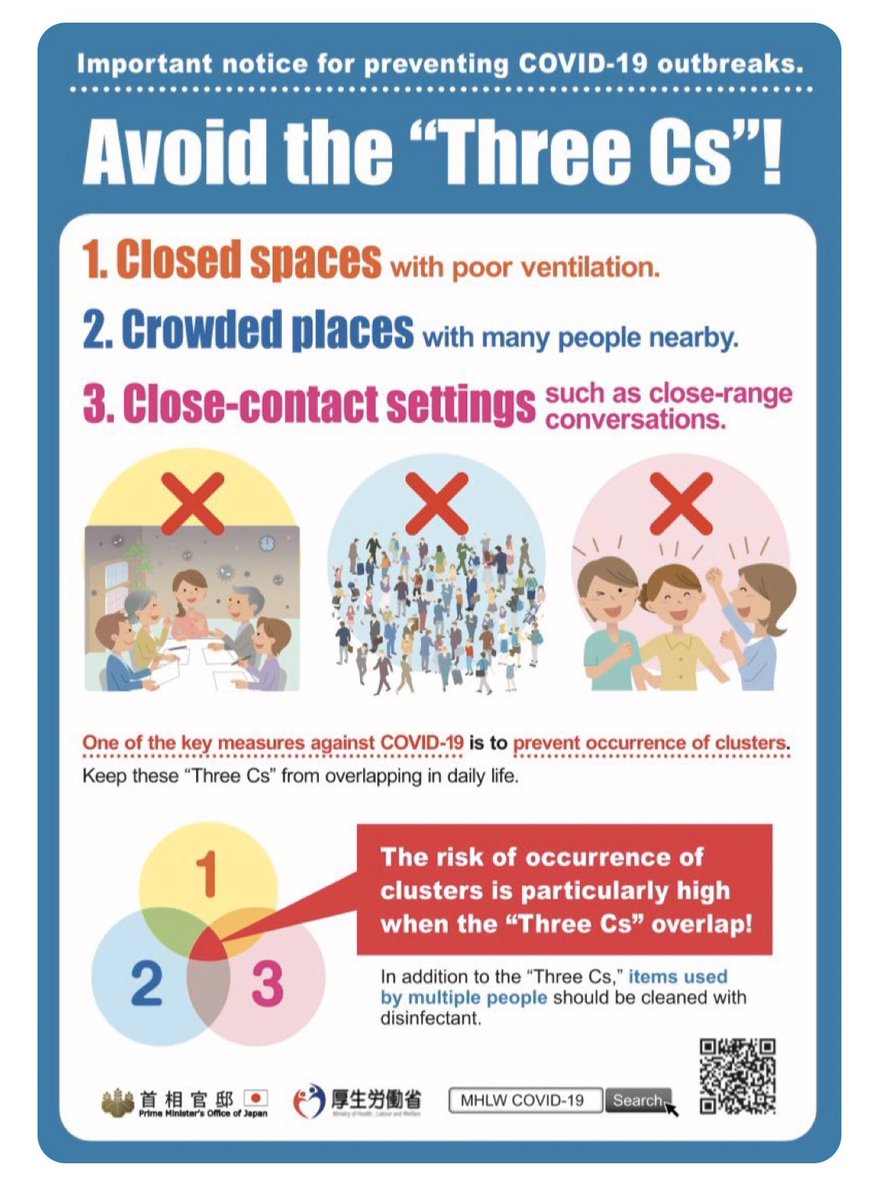This post outlines the success of Japan’s mitigation actions because it is so applicable to our colleges and universities. Their successful plan first identified high infection clusters and common factors, and then they learned what mitigation practices worked and what didn’t. The highest contagions clusters of infections often proved to be overcrowded gatherings where people didn’t wear face covering and frequently cross contaminated with many people.
The experience and results found in Japan are consistent with what our clients have experienced in the workplace. Screening, support of safeguarding mitigation steps, and good communications has prevented the spread of the virus in the Philadelphia construction industry which has been in operation, for essential construction, throughout the epidemic.
An excerpt from the article:
“Not surprisingly, they found that most clusters originated in gyms, pubs, live music venues, karaoke rooms, and similar establishments where people gather, eat and drink, chat, sing, and work out or dance, rubbing shoulders for relatively extended periods of time. They also concluded that most of the primary cases that touched off large clusters were either asymptomatic or had very mild symptoms. This led them to urge people to avoid what they dubbed the “three Cs”—closed spaces, crowds, and close-contact settings in which people are talking face-to-face. It sounds simple. But, “This has been the most important component of the strategy,” Oshitani says.
Reassuringly, they did not trace any clusters to Japan’s notoriously packed commuter trains. Oshitani says riders are usually alone and not talking to other passengers. And lately, they are all wearing masks. “An infected individual can infect others in such an environment, but it must be rare,” he says. He says Japan would have seen large outbreaks traced to trains if airborne transmission of the virus was possible. (Hoyt added but the masks apparently prevented that transmission).
Here is a link to the article: https://www.sciencemag.org/news/2020/05/japan-ends-its-covid-19-state-emergency?utm_campaign=news_daily_2020-05-26&et_rid=682627333&et_cid=3340566
So what is the take home message? Mitigation practices do work. Share the good news. Practice healthy actions.

Contributors: Hoyt Emmons, Principal Safety and Health Consultant, Med-Tex Services

